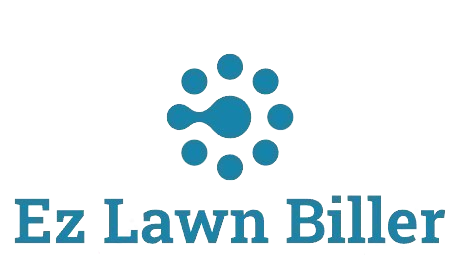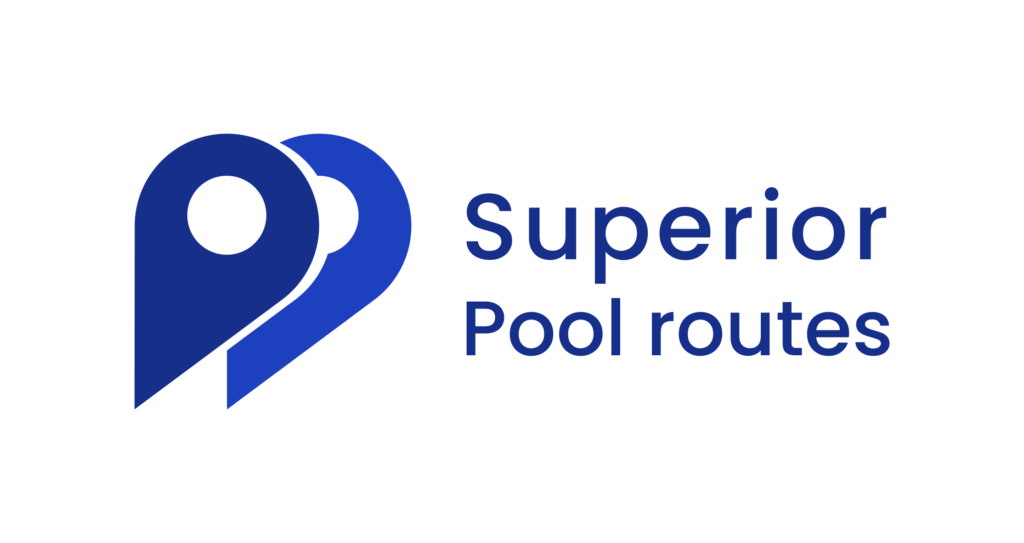How to Optimize Routes for Your Lawn Care Business
Optimizing routes for your lawn care business can play a pivotal role in enhancing operational efficiency and customer satisfaction. In a competitive market where timely service delivery is paramount, effective route planning can reduce costs and improve service quality. This comprehensive guide will delve into the importance of route optimization, various methods you can employ, and how tools such as Lawn Biller Software can streamline your processes further.
When it comes to running a lawn care business, every minute counts. From mowing to fertilizing, your team spends a significant part of their day on the road moving from job to job. Without effective route optimization, you risk wasting fuel, increasing labor costs, and potentially disappointing clients with missed appointments. In this article, we’ll explore practical strategies and technologies that can help you optimize your routes, enhance productivity, and boost your bottom line.
We’ll start by discussing the fundamentals of route optimization and why it is critical for your lawn care business. Then, we’ll explore several techniques and tools that can make route planning efficient. We will also take a closer look at specific areas where lawn services operate, such as urban hubs, suburban regions, and rural landscapes, to tailor strategies accordingly.
Understanding Route Optimization
Route optimization involves planning the most efficient path for your lawn care service vehicles. By minimizing travel time and distance, you can ensure that your team spends more time servicing clients and less time on the road. Studies have shown that efficient route planning can reduce travel time by up to 30%, which directly translates to savings in fuel costs and labor expenses.
Moreover, optimizing routes can have a significant impact on customer satisfaction. When clients receive timely service, they are more likely to remain loyal and recommend your services to others. By implementing effective route optimization strategies, you not only streamline operations but also cultivate a reputation for reliability in your community.
Utilizing Technology for Route Planning
Modern technology has transformed the way lawn care businesses operate. Tools such as GPS tracking and mapping software are invaluable for route optimization. These technologies allow you to visualize routes, identify traffic patterns, and adjust accordingly to avoid delays. For instance, using routing software can help you analyze multiple routes simultaneously, allowing you to choose the best one based on real-time data.
Investing in a lawn service app can further enhance your route-planning capabilities. Such applications often come equipped with features that allow you to input customer locations and automatically generate the most efficient routes. This not only saves time but also minimizes the potential for human error when planning stops. Furthermore, many lawn service apps, including [Lawn Biller Software](https://ezlawnbiller.com/), seamlessly integrate billing and service tracking, providing a holistic approach to managing your business.
Factors to Consider When Optimizing Routes
Several factors come into play when optimizing routes for your lawn care business. Firstly, consider the geographical layout of your service area. Urban areas might have more traffic and limited parking options, while suburban regions may offer better access to clients but require more distance coverage. Understanding these dynamics can help you plan more effectively.
Another critical aspect is the timing of your services. Scheduling appointments during off-peak hours can reduce travel time significantly. For instance, if your team is mowing lawns during early morning hours, you may encounter less traffic, allowing for faster route completion. Be sure to analyze historical data to identify trends in customer demand and adjust your scheduling accordingly.
Leveraging Customer Data for Route Optimization
Your existing customer data can be a goldmine when it comes to optimizing routes. By analyzing service history, you can identify clusters of clients and schedule jobs in close proximity to one another. This not only saves on travel time but also allows for better resource allocation, maximizing the number of jobs per day.
Additionally, consider implementing a customer management system that tracks service preferences and scheduling patterns. Such systems can help you identify repeat clients and their specific needs, allowing you to provide personalized service while optimizing routes. Integration with a lawn service computer program can further streamline this process, enabling you to manage service history and billing in one place.
Best Practices for Efficient Route Planning
To ensure that your route optimization efforts are effective, consider these best practices:
1. **Use Route Optimization Software:** Invest in software designed specifically for service companies. Tools like [Lawn Biller Software](https://ezlawnbiller.com/) can automate many aspects of route planning, helping you save time and minimize errors.
2. **Monitor and Adjust Routes in Real-Time:** Traffic conditions can change frequently. Make it a habit to monitor routes in real-time and adjust as necessary, utilizing GPS navigation systems to find faster alternatives when needed.
3. **Plan for Seasonal Changes:** Lawn care needs may vary with seasons. Adjust your routes and scheduling to reflect seasonal demands, ensuring that your team is prepared for peak seasons when business often spikes.
Case Studies: Route Optimization in Action
Let’s examine a couple of case studies that highlight successful route optimization strategies in the lawn care industry. For example, a lawn care company operating in a large metropolitan area found that using routing software saved them an average of 20% in fuel costs. By grouping jobs based on geographical locations, they could efficiently serve more clients in a single trip, boosting their overall productivity.
Another lawn service provider implemented a mobile app that allowed their technicians to receive real-time updates about their schedules. This flexibility enabled them to adjust their routes on-the-fly, which was particularly beneficial during peak seasons with fluctuating demand. The result was a noticeable increase in customer satisfaction ratings due to timely services.
Integrating Billing and Scheduling for Enhanced Efficiency
One of the lesser-discussed aspects of route optimization is the integration of billing and scheduling. Using a lawn service app that combines both functions can drastically reduce administrative burdens. For example, [Lawn Biller Software](https://ezlawnbiller.com/) allows you to manage client billing alongside scheduling, ensuring that you have a comprehensive view of your operations.
This integration allows for streamlined invoicing right after services are rendered. By reducing the lag time between service and billing, you can improve cash flow and customer communication. Clients appreciate receiving timely invoices that reflect the services provided, which in turn fosters trust and promotes repeat business.
Future Trends in Lawn Care Route Optimization
As the lawn care industry continues to evolve, so do the technologies supporting it. One emerging trend is the use of AI-powered routing systems that learn from historical data to predict the most efficient routes based on real-time variables, such as weather and traffic patterns. This means that in the near future, lawn care businesses could see even greater efficiencies in their operations.
Additionally, the rise of electric vehicles in the lawn care industry may offer new opportunities for route optimization. Electric vehicles often have lower running costs per mile, and their routes can be optimized to accommodate charging station locations. This could potentially lead to further cost savings for lawn care providers.
Conclusion
In conclusion, optimizing routes for your lawn care business is essential for improving efficiency, reducing costs, and enhancing customer satisfaction. By leveraging technology, analyzing customer data, and adopting best practices, you can streamline your operations and ensure that your teams are maximizing their productivity on the road.
As you explore the various tools available, consider how integrating solutions like [Lawn Biller Software](https://ezlawnbiller.com/) can simplify both scheduling and billing. With a solid route optimization strategy in place, your lawn care business will not only thrive but also build a reputation for reliability and excellence in service delivery.
Don’t wait for the competition to catch up; start optimizing your routes today and watch your lawn care business flourish!




